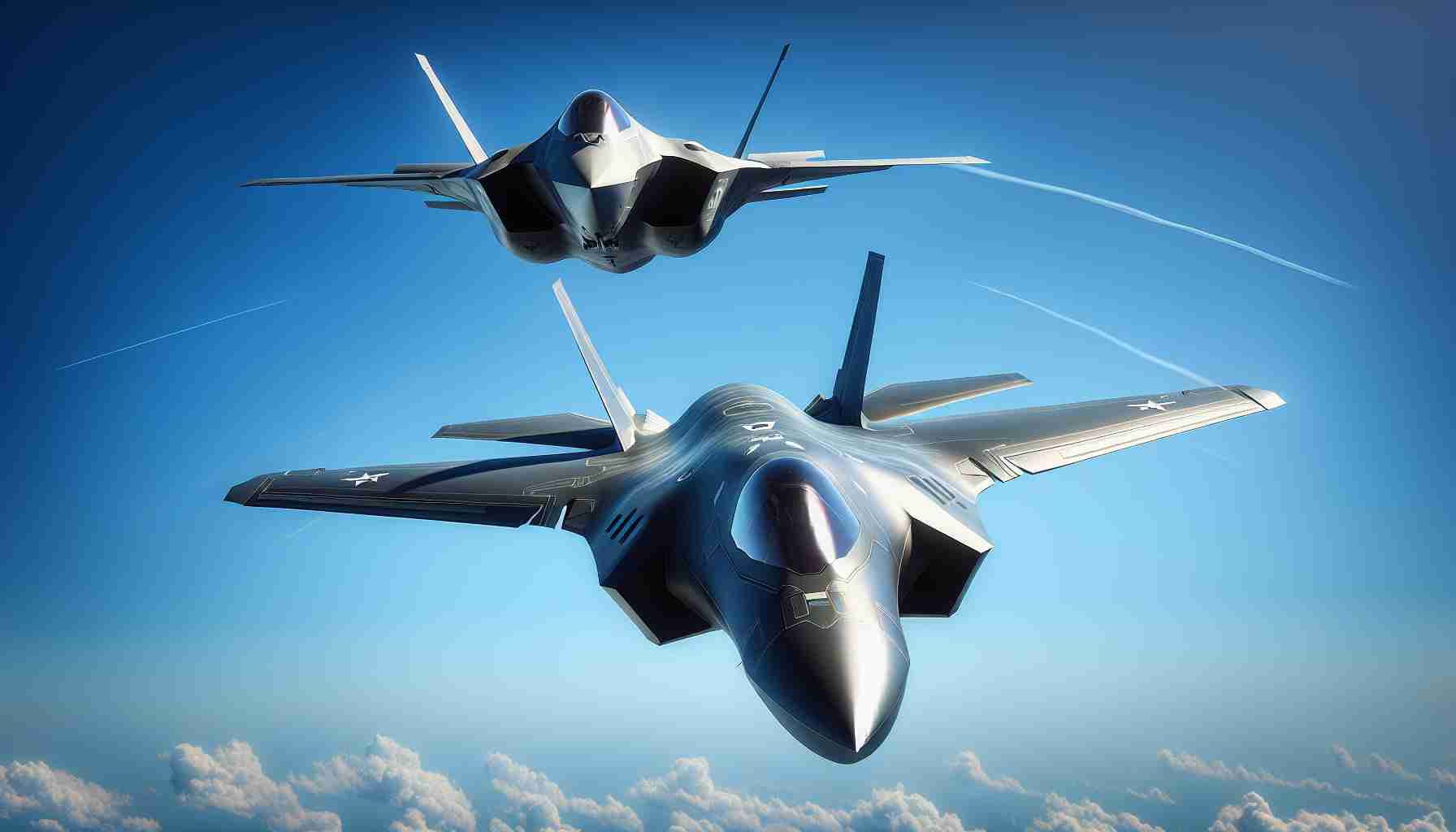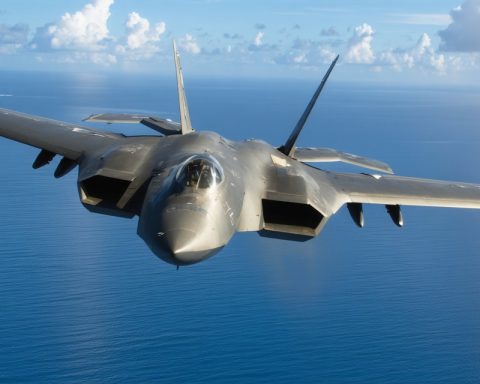The battle for air superiority takes on a new dimension as the Russian Sukhoi SU-57 and the American F-35 Lightning II undergo substantial technological advancements. Both fifth-generation fighters aim to redefine the future of aerial combat with groundbreaking capabilities.
The SU-57, known for its outstanding agility and speed, is now undergoing upgrades that include enhanced artificial intelligence integration and advanced radar systems. These enhancements bolster its capability to engage multiple targets simultaneously, ensuring a formidable presence in contested airspace. Innovations in stealth technology are also underway, aiming to reduce its radar cross-section further, potentially transforming it into a low-profile predator in the skies.
Meanwhile, the F-35 continues to strengthen its foothold with state-of-the-art software updates and interoperability features. The latest advancements focus on its sensor fusion capabilities, providing pilots with a comprehensive battlefield picture. The rollout of next-generation electronic warfare systems further amplifies the F-35’s survivability against emerging threats. Its ability to seamlessly integrate with both manned and unmanned platforms suggests an innovative edge in network-centric warfare.
The SU-57 and F-35 represent more than just advanced military hardware; they embody the strategic rivalry between their respective nations, driving continuous advancements in aerospace technologies. As both jets evolve, the emphasis on integrating artificial intelligence, stealth, and network capabilities will redefine operational doctrines, setting the stage for a future where air superiority hinges not just on individual prowess, but on interconnected systems that amplify combat effectiveness.
Futuristic Fighter Jets: A Glimpse into the Next Generation of Air Superiority
The air supremacy battle between the Russian Sukhoi SU-57 and the American F-35 Lightning II is a fascinating reflection of both national pride and technological evolution. While much has been discussed about these aerial titans, there are lesser-known aspects and potential implications that deepen their significance in shaping humanity’s future.
How Do They Impact Global Defense Strategies?
Beyond the immediate military capabilities, these jets symbolize the technological arms race that will shape geopolitical strategies for decades. The integration of AI and stealth features not only elevates their combat roles but also influences defense budgets, alliances, and international relations. These systems demonstrate the increasing reliance on automation and big data, crucial for both civilian and defense technologies in the future.
Why Do These Developments Matter to Other Industries?
Advancements in these fighter jets trickle into commercial industries through dual-use technologies. Developments in AI, radar systems, and materials science often find applications in sectors such as aviation safety, autonomous vehicles, and telecommunications, leading to benefits beyond military use.
What are the Controversies and Challenges?
While these technologies promise incredible capabilities, they spark debates about international stability and security. The high cost of development and maintenance, alongside ethical concerns regarding AI in warfare, challenge nations to balance innovation with responsibility.
Advantages vs. Disadvantages
The promise of improved defense readiness and technological advancements contrasts with concerns about sustainability and ethical AI use. This duality raises questions about the long-term viability and impact of such technologies on future conflicts.
For more on aviation advancements, visit sites like Sukhoi and Lockheed Martin.







